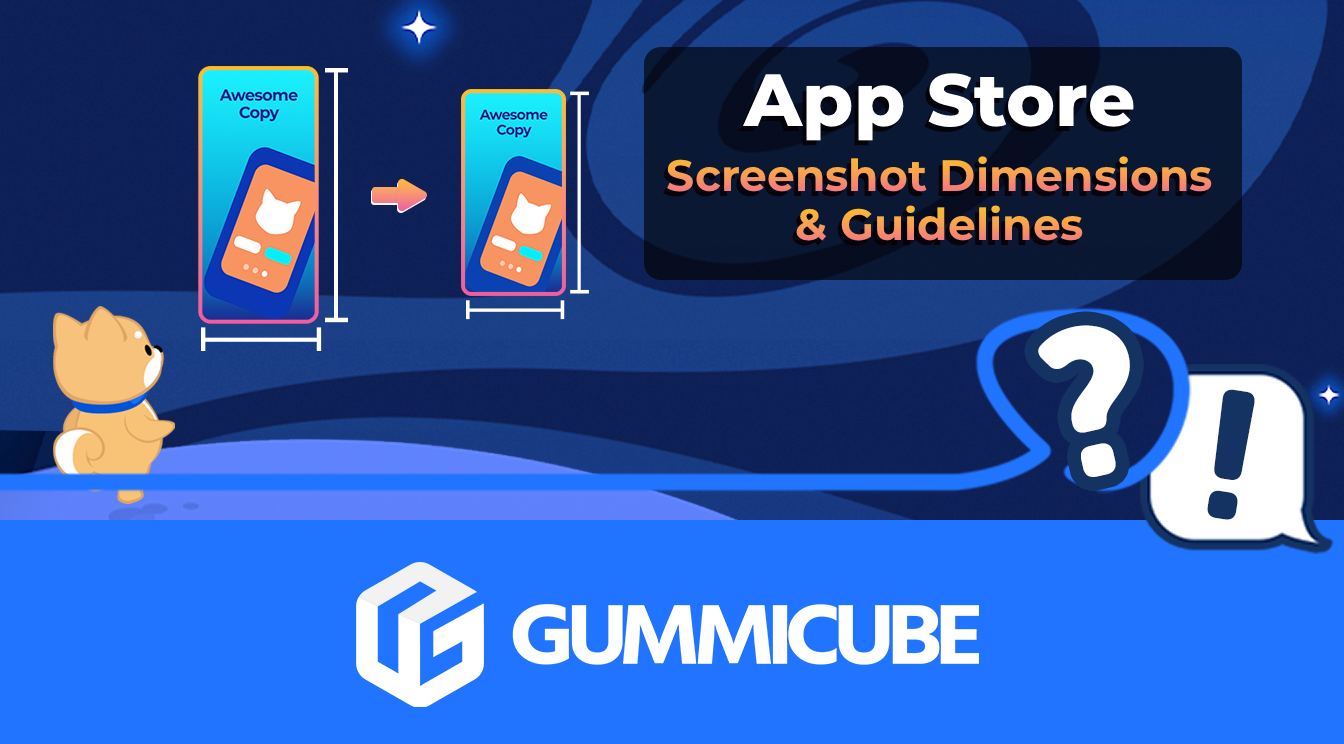
App Store Screenshot Dimensions & Guidelines
Posted on August 1st, 2024
Make sure your app stays compliant with the latest App Store Screenshot Dimensions & Guidelines here
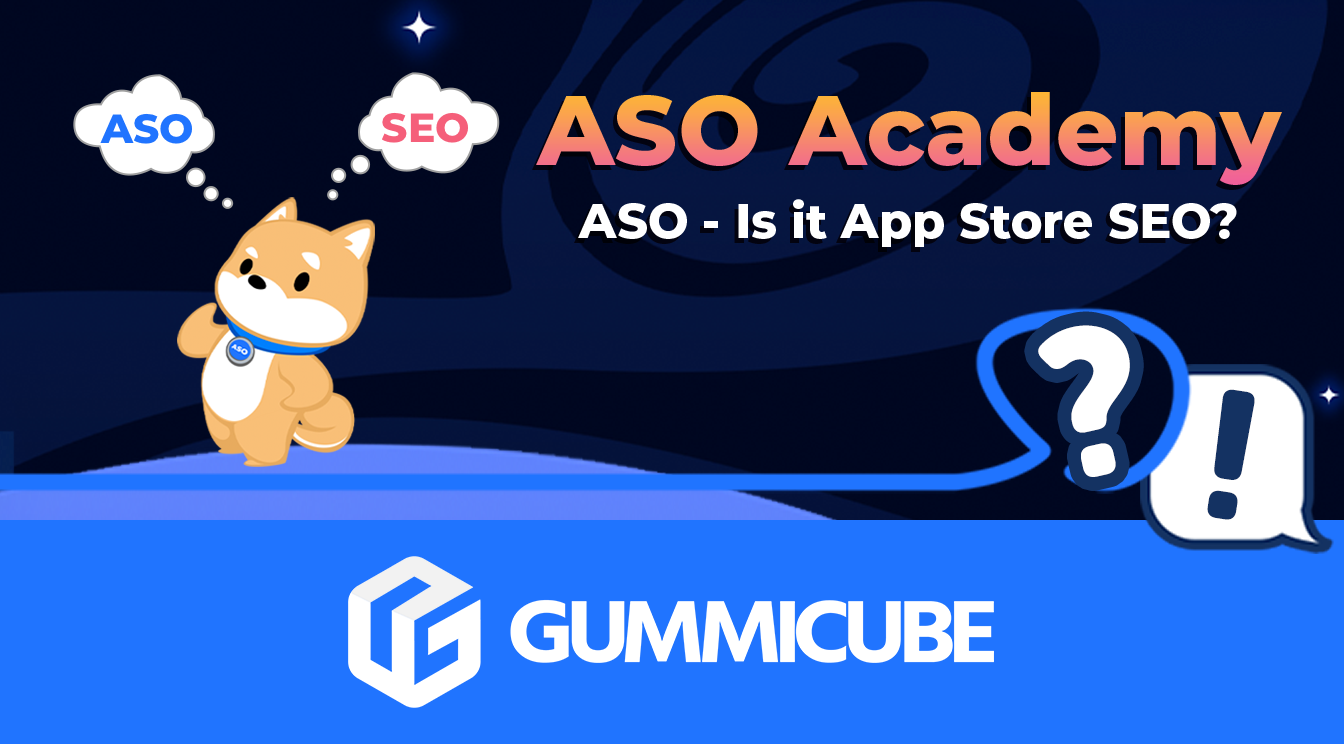
When thinking about SEO, some may consider its principles and best practices applicable to ASO as well. After all the acronyms are similar enough and search queries and performance are all about keywords, right? Not exactly.
In today’s ASO Academy, we’ll go over how App Store Optimization differs from SEO and the different considerations you should account for when publishing and updating your app.
When talking about SEO and ASO, they both constitute optimizing the content which the user interacts with. However, how pages and app listings are optimized differ completely, as each requires a different strategy based on where the search is done, the elements considered during indexation, user intent and overall marketing objectives.
Starting off, the most notable difference between web search and app search is the platform on which the queries are performed. Web search takes place on search engines such as Google and Bing, whereas app search occurs within mobile app stores like the Apple App Store and Google Play Store. This means that the algorithms that determine the ranking of sites and apps will factor in different components of the content being crawled.
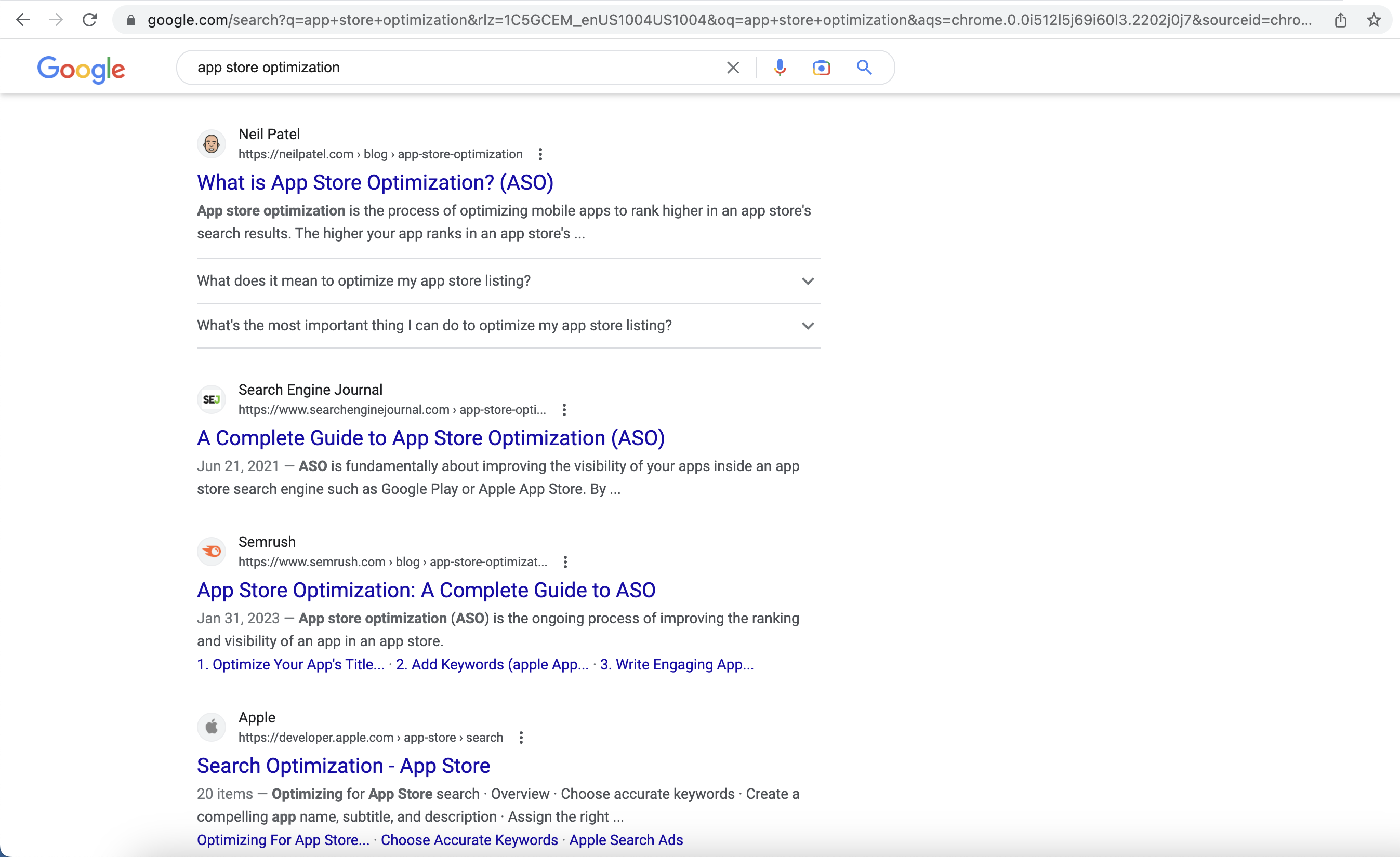
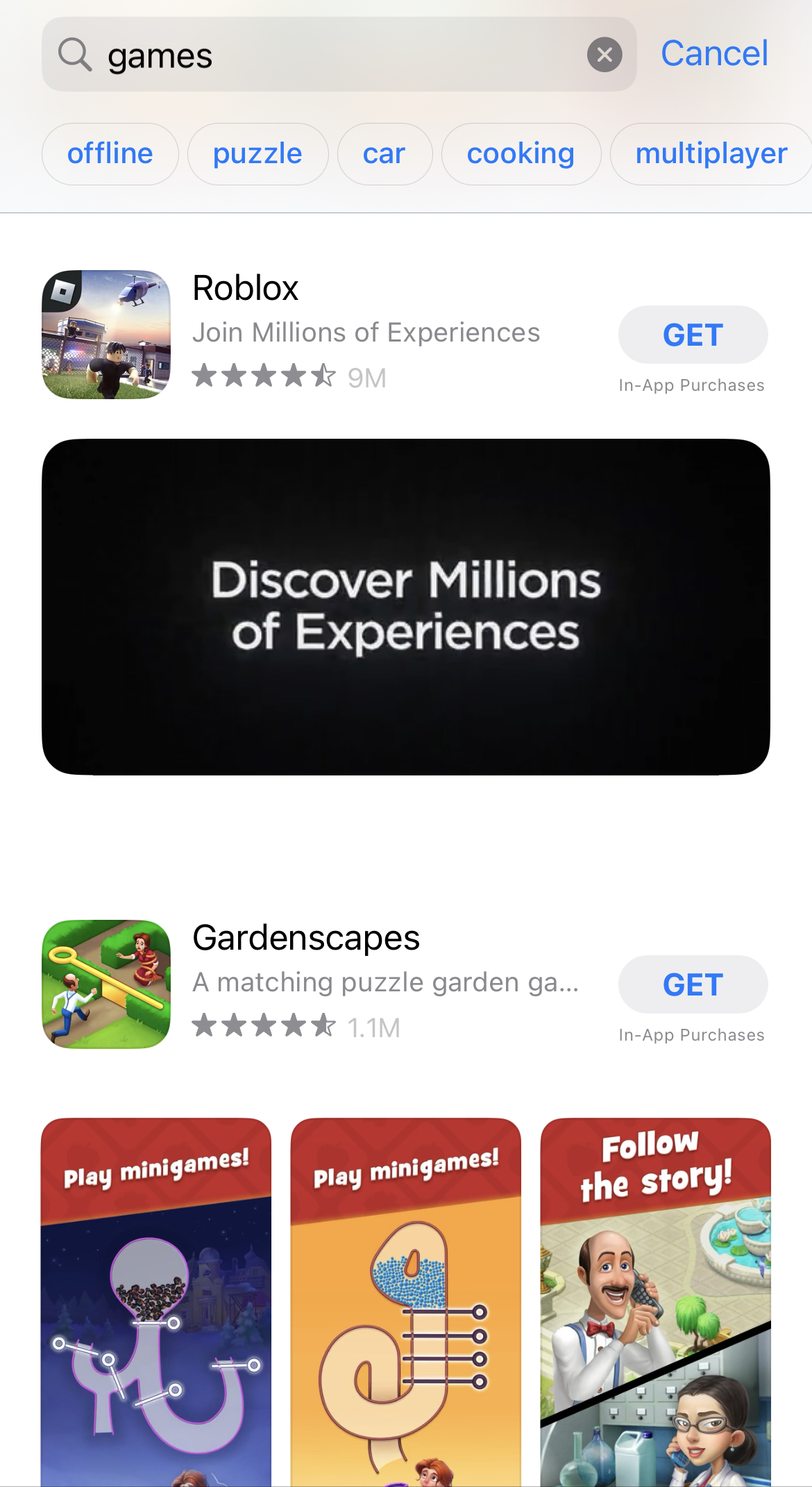
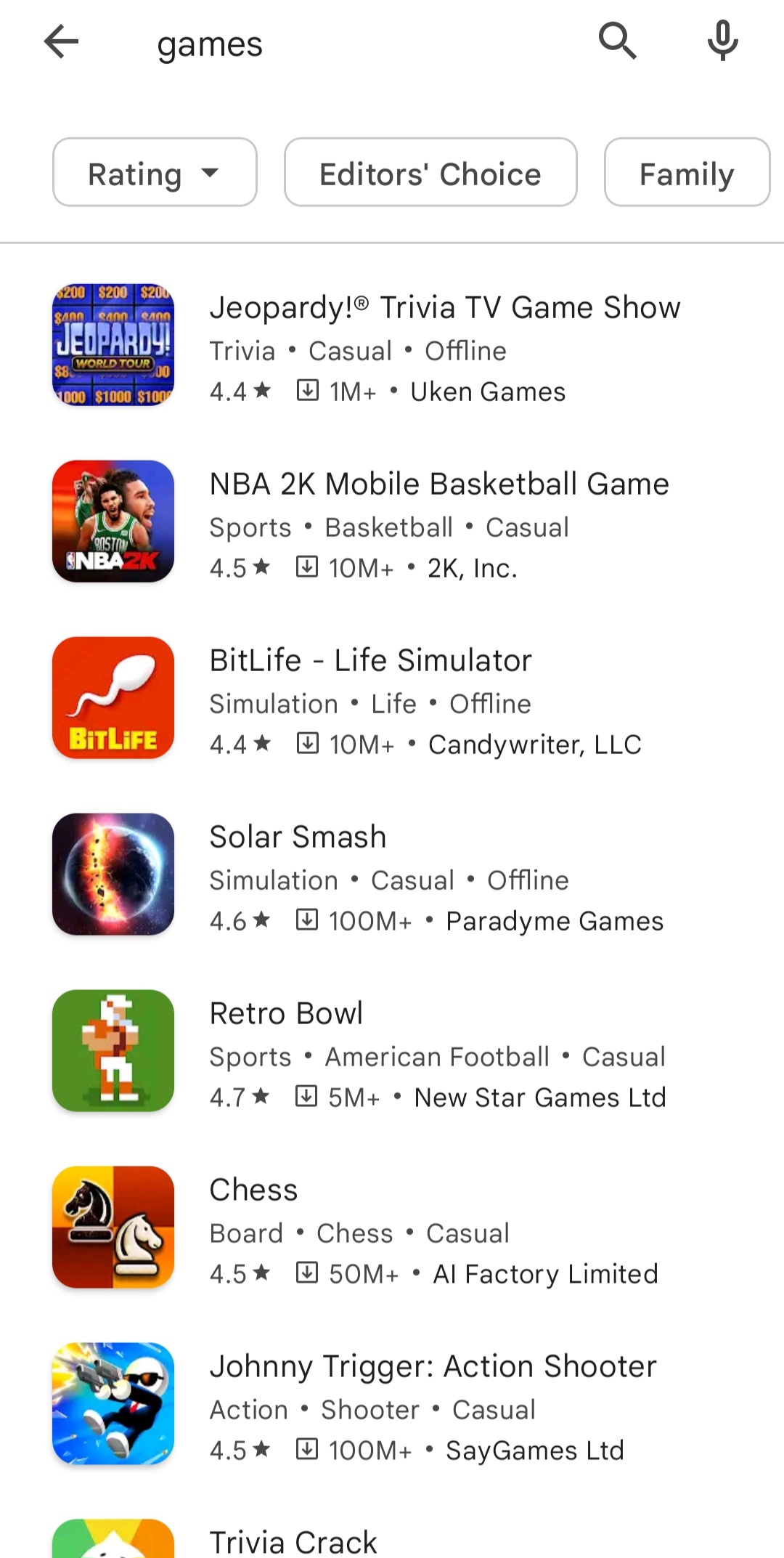
Off the bat, we can see clear differences in the Google search results versus App Store and Play Store search results. The nature of each platform helps sites optimize their content with different end goals in mind. Site owners will optimize their sites with the objective of driving traffic to a particular page. This can be anything from a blog post to a product page. To help with this, search engines will consider things like keyword relevance, domain authority, backlink quality, and overall user experience to establish the rankings shown above.
On the other hand, an app owner will want to improve their ranking to increase visibility in search results. Their ASO strategy will most likely revolve around optimizing their app listing so that they rank higher to ultimately increase conversions. Factors such as metadata relevance, clickthrough rate, downloads, and ratings are priority when it comes to App Store Optimization.
Another reason a web search differs from an app store search is the ‘why’ behind a user’s behavior. The needs behind searches differ on each platform and app developers need to consider this when optimizing their metadata.
When it comes to web search, users are usually performing a search to fulfill one of three needs:
Site designers and marketers will develop their content to fit into one of these categories so that it helps users achieve their end goal.
Within app stores, a user will search with the intention to download. They are aware of their needs and have a more detailed idea of the final product they want. With a web search that idea may be more abstract. For example, a web search can consist of “buy stocks” (transactional), but an app search is usually more specific to app features such as “finance tracker”.
This association to features is what differentiates how searches are performed on app stores since they relate directly to what is offered in the app. As a consequence, it lets developers optimize metadata fields to fit exactly what their target audience expects from the app they’re searching for.
It’s not enough to optimize based on platform format and user intent. Using the right data is also important when optimizing mobile apps. Thinking that ASO is App Store SEO and that you can use web search data simply won’t work. Considering that users search and behave differently on app stores the data needed to develop an ASO strategy will also differ.
There is only about a 20% overlap between web and mobile search so relying solely on web search trends and keyword performance will doom your ASO from the start. Your selection of keywords and metadata optimization should be based on accurate app store data that you manually research or obtain from reliable ASO tools.
Another significant aspect that distinguishes ASO from SEO is the role of visuals and creative elements. In a blog post, a writer will incorporate images to support the written content in the article, taking into consideration image alt-text and file names. The visual is ultimately a supporting piece in the puzzle that allows the page to rank higher.
In ASO, however, screenshots are not considered for indexation. However, creative optimization can be the difference between an app getting downloaded or passed on for a competitor. Elements like an app icon, preview video, and screenshot all contribute to influencing a user to download as they are powerful visual and informative components.
Consider the following:
By optimizing the creative elements in an app listing, developers can improve their conversion rate and as a result, further increase their ranking in search results.
Where SEO focuses on optimizing images for the purpose of improving the ranking of the overall page where its found. ASO involves optimizing creatives with the intention of converting potential users.
While both consist of users inputting keywords in a search query, that’s about the only similarity developers should consider when optimizing for each platform. The way each channel works, how users interact with them, and the influence the content has on ranking and performance differs significantly. To summarize, here are the main takeaways:
Don’t go about your App Store Optimization alone. Get in touch with us today!

Make sure your app stays compliant with the latest App Store Screenshot Dimensions & Guidelines here
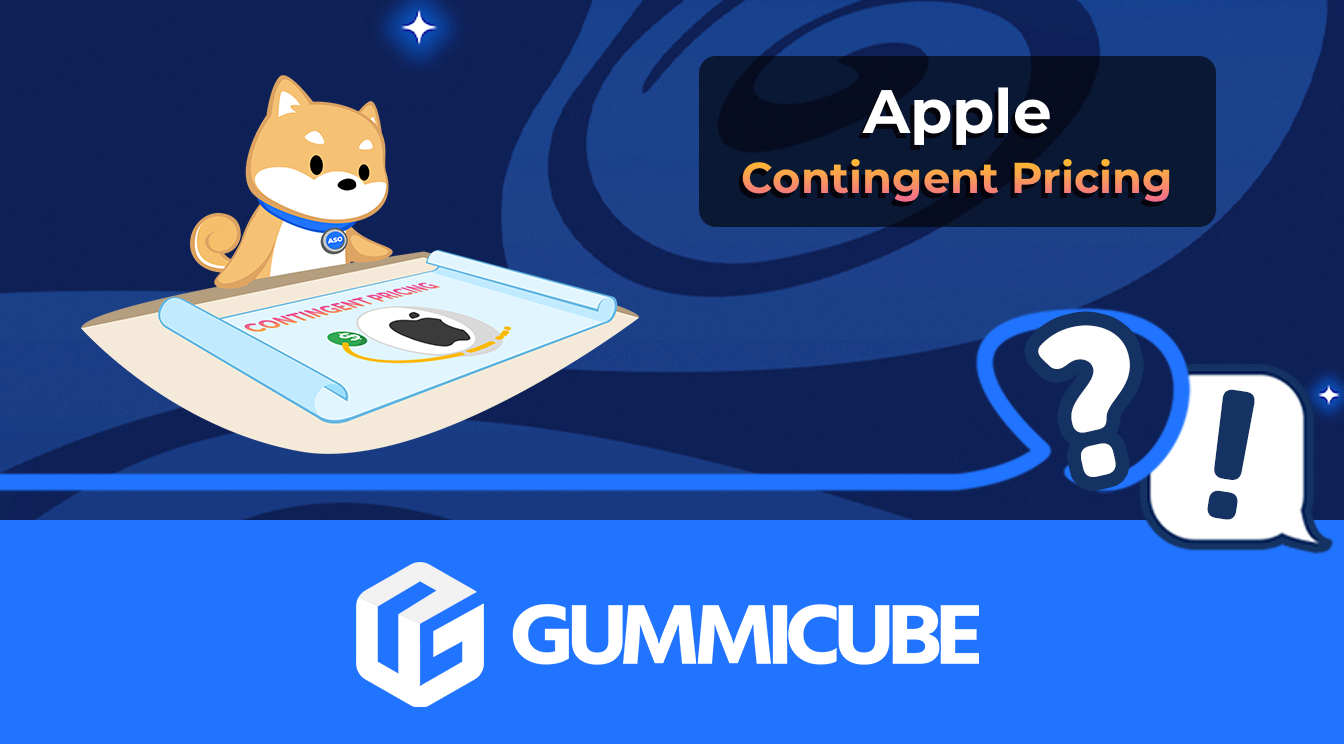
Soon developers will be able to extend their customer lifetime value with a handy new way of providing subscription offers directly through Apple. Contingent Pricing looks to act as a revolutionary new system for leveraging new upsell & cross-sell opportunities all within Apple’s ecosystem.
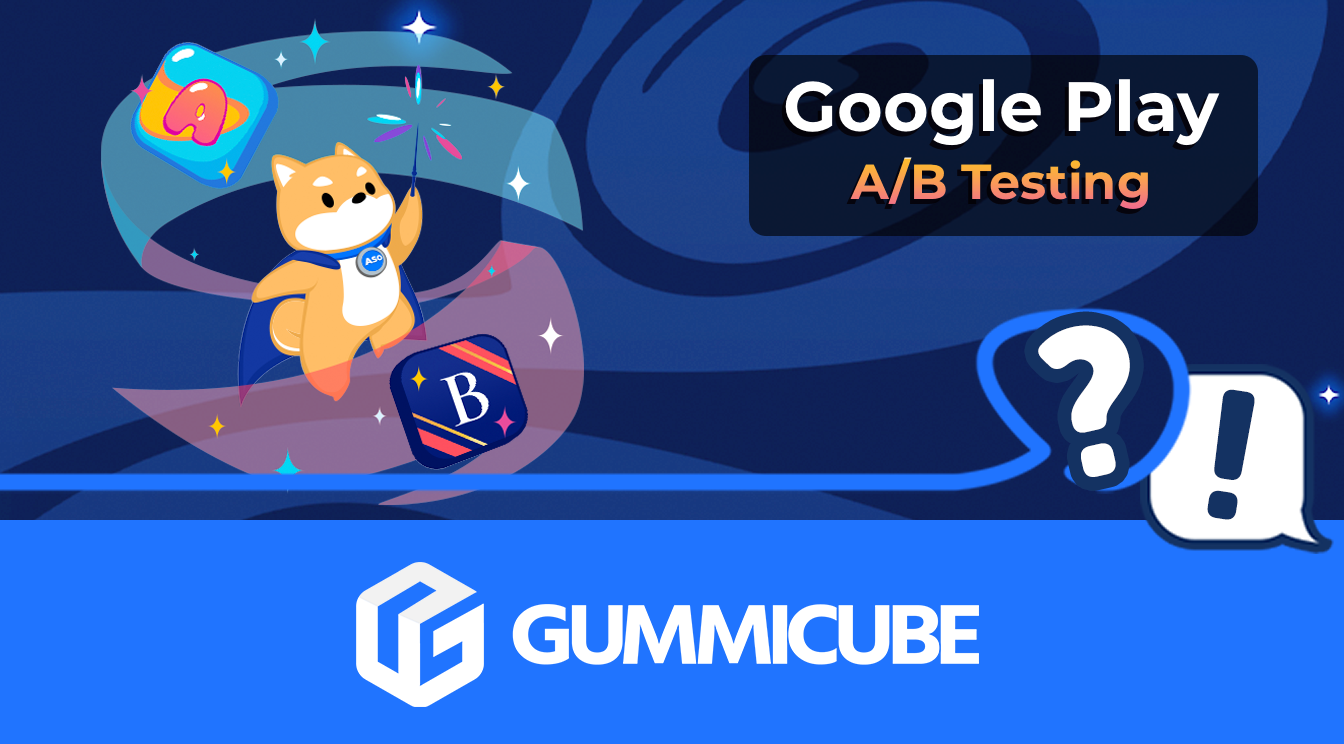
Have you ever A/B tested your Google Play listing? If not, you're probably navigating the Play Store marketing blind, and leaving valuable installs on the table.